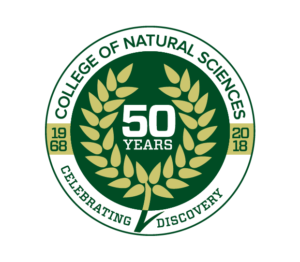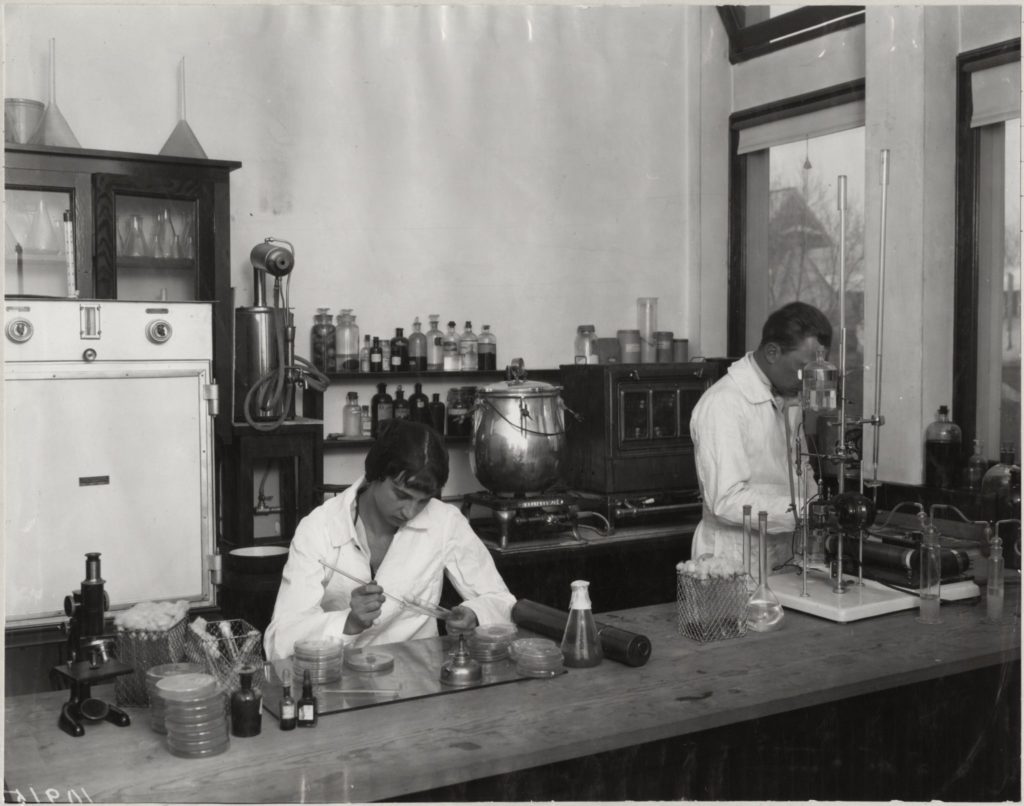
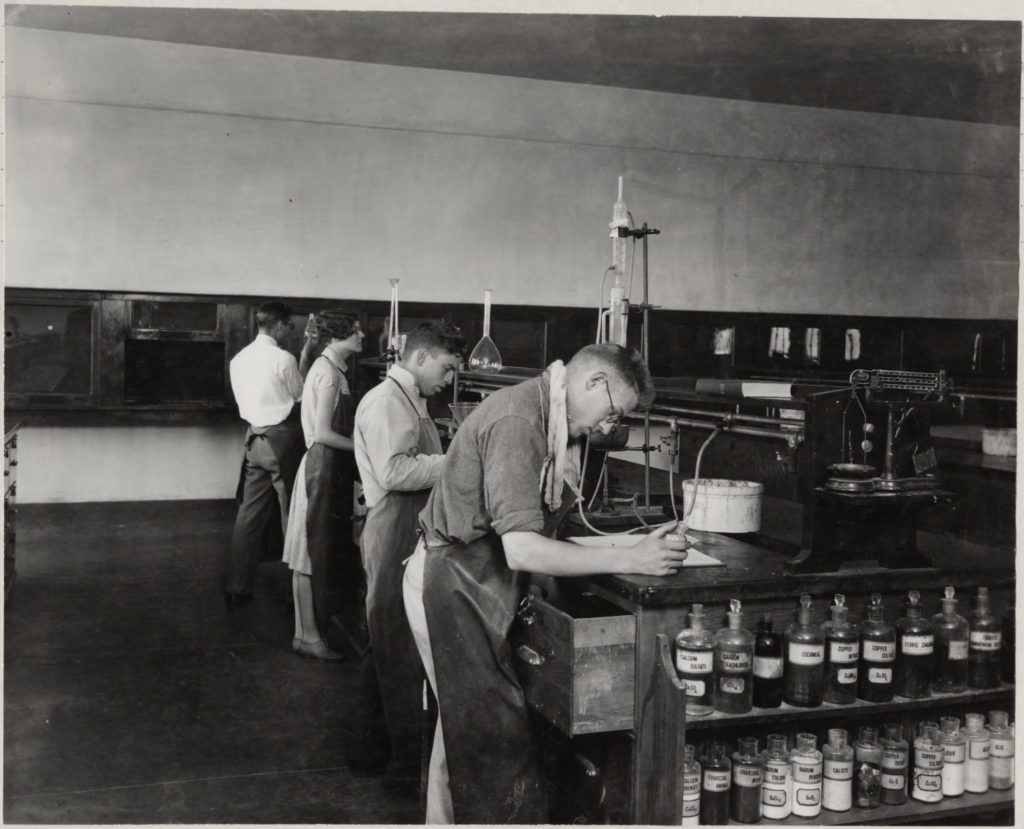
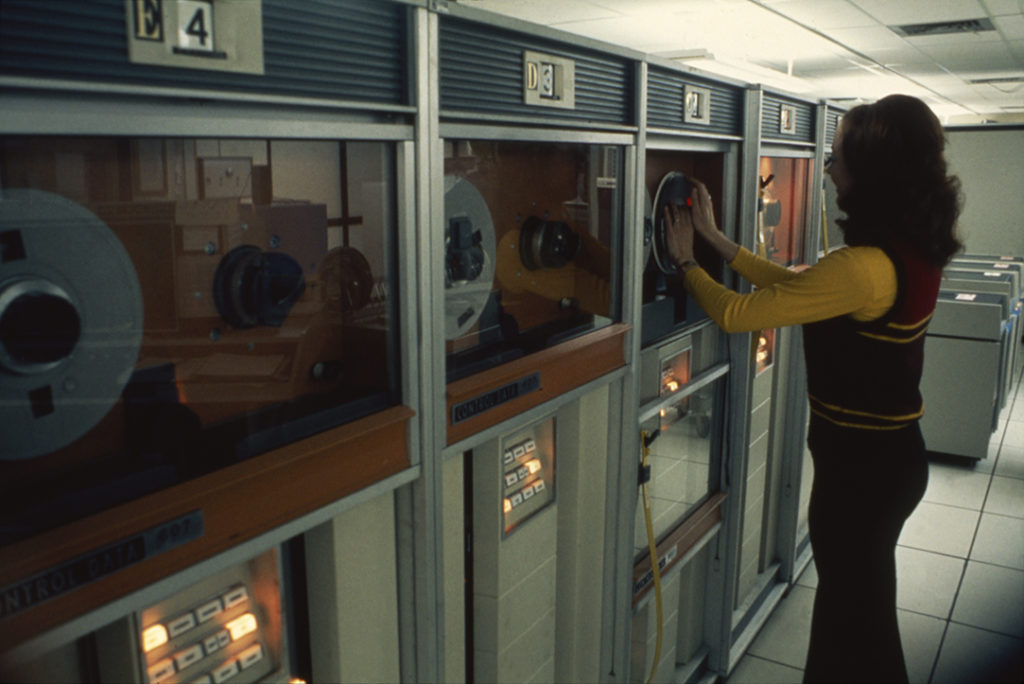
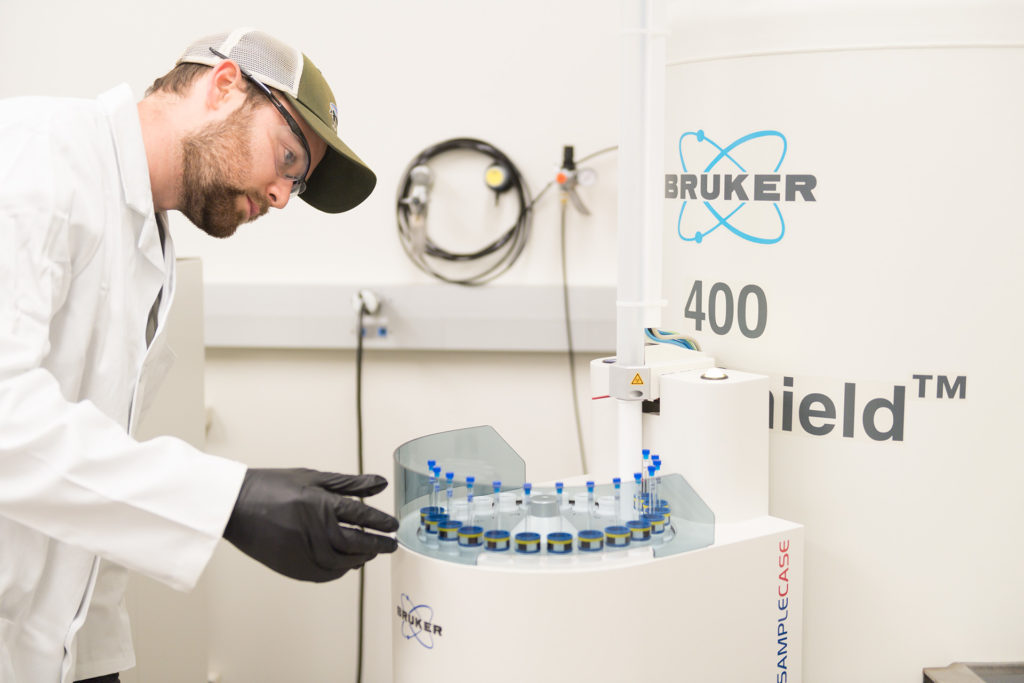
This academic year marks the 50th anniversary of the creation of the College of Natural Sciences at Colorado State University.
In the summer of 1968, the University split the College of Sciences and Arts into the College of Natural Sciences and the College of Humanities and Social Sciences. So when students returned for classes that fall, they entered a new science college, led by Dean and Professor of Chemistry William Cook.
Today, the college is home to more than 5,000 undergraduate and graduate students, more than 180 tenure-track faculty members, eight departments and 13 majors. Through its foundational courses in the sciences and mathematics, the college educates nearly every undergraduate student at CSU in at least one class. And its researchers bring in some $35 million in research funding each year. All of this adds up to countless life- and world-changing discoveries.
“Throughout our history, the college has been home to innovation and exploration – in research as well as in education,” said Jan Nerger, the fourth dean of the college, who has served in the role since 2009. “Our faculty members have discovered fundamental nuances of physics, game-changing chemical compounds, important ways in which our brains process information, and so much more. Our students have discovered their passions and careers – and made new scientific discoveries of their own. We are grateful for the strong vision and foundation our predecessors and partners laid to establish this great college.”
Fifty years ago, of course, the college might have been brand new, but the strength of the science disciplines at CSU were already long recognized.
A long legacy
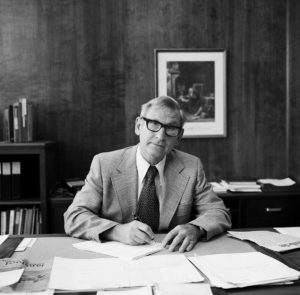
When the Colorado Agricultural College was created in 1870, among the first hires were faculty in the sciences. In fact, the very first president of the University, Elijah Evans Edwards, who joined the University in 1879, was a professor of physics and natural history. Early departments created in the 19th century – including the Department of Mathematics, the Department of Zoology and Entomology and the Department of Botany and Forestry – reflected the University’s land-grant mission, providing a solid scientific underpinning for the practical education offered to students of the day. Esteemed faculty members in chemistry and physics rounded out teaching and research in the sciences at the University.
By the mid-20th century, many more disciplines had blossomed on campus, including statistics, psychology, biochemistry and even computer science, with the first computer science courses taught on campus in 1958.
So when the College of Natural Sciences was formed, it was not so much a beginning, as the construction of a dedicated home for foundational sciences at CSU.
In the intervening half century, departments have grown, merged, diverged and shifted into their current geography: biochemistry and molecular biology; biology; chemistry; computer science; mathematics; physics; psychology; and statistics. Additional interdisciplinary majors sprung up, including natural sciences, neuroscience and data science. And the college developed new degree models for campus, including the first combined bachelor’s and master’s degree program (biochemistry) and the first professional science master’s degree (zoo, aquarium and animal shelter management).
The college has expanded and upgraded its physical presence on campus as well. The 1970s saw the opening of the Chemistry Building (moving the department from its historical location in what is now Weber on the Oval) and the Anatomy-Zoology Building. In just the past decade, the college has added the Computer Science Building, the Chemistry Research Building and the Biology Building, moved into space in the Behavioral Sciences Building, and located its dedicated Learning Community in the new residence halls of Laurel Village.
“We are proud of our college’s and disciplines’ long history of excellence at CSU,” said Nerger. “This past inspires us to even more greatness in the future.”
The next 50 years
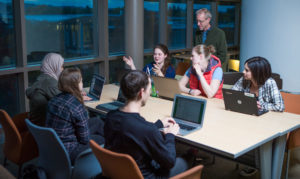
Even with the strong footing upon which the college is starting its next 50 years, “we cannot rest on our laurels,” Nerger said. “Education in the sciences and science-advancing discoveries have never been more important than they are today. We will need all of the great and diverse minds and creative problem-solving to address the global challenges we face now and over the coming decades.”
These issues – from climate change to cybersecurity – are daunting. But, said Nerger, “they are also what energizes and inspires us as scientists and as educators.” Since the scientific revolution in the 16th century, the sciences have been a means for humans to understand the world around them and to address crucial problems. Today, the pace may be accelerating, but the ethos is the same. And that energy is what has propelled the college for the past half century – and will carry it through the next 50 years and beyond.
“As Sir Isaac Newton said, ‘if I have seen further, it is by standing on the shoulders of giants,’ and that is what we are able to do every day here in the college. That strong legacy enables us to do what we do today,” Nerger said. “Although we mark this milestone by celebrating the past, in many ways, it feels like just the beginning.”
